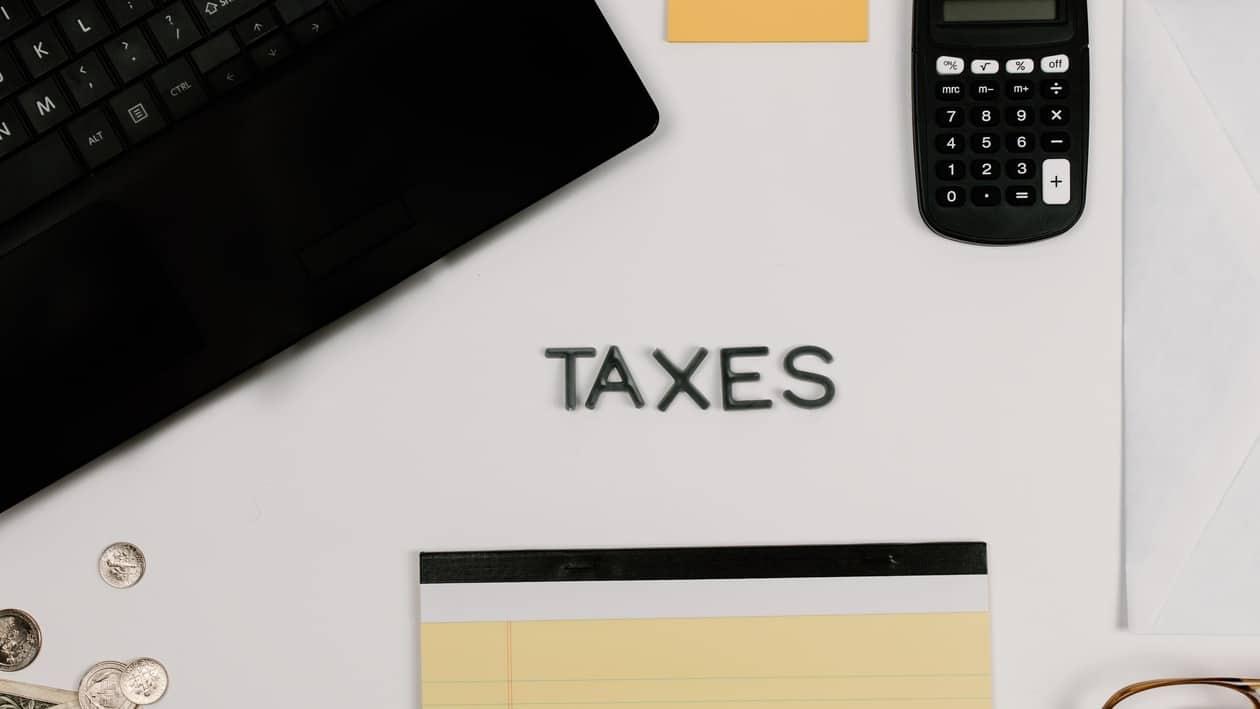It is the start of a new financial year, and as such, salaried individuals must submit their proposed investment declarations – indicating the tax-saver investments they plan to make during the financial year – to their employers.
The Central Board of Direct Taxes (CBDT) issued a circular on April 5th, stating that if an employee does not intimate their choice for the new tax regime, the employer should deduct taxes as per the rates prescribed for the new tax regime. This will serve as the default tax regime.
This means that unless employees specifically state their intent to stick to the old tax regime, their employers will compute their tax liability after factoring in the new tax regime’s tax slabs and rates.
Understanding the old and new tax regimes
The tax liability under the old tax regime was based on income slabs with a tax rate of 5% for income between 2.5 lakhs to 5 lakhs, and 15% for income between 5 lakhs to 7 lakhs. This was further reduced by a rebate available under section 87A, but only if the income was less than 5 lakhs. Under the new regime, the rebate has increased to 7 lakhs, thus providing relief to those with income up to 7 lakhs.
The new tax regime has been a great attraction for many people due to the low tax rate applicable to different tax slabs. However, one should not make a decision in haste and should thoroughly evaluate their tax liability with the help of an expert before choosing a tax regime.
Under the old regime, taxpayers can take advantage of over 70 exemptions and deductions, such as HRA and LTA, to reduce their taxable income and lower their tax payments. The most popular and generous deduction is Section 80C, which allows for a reduction of taxable income up to Rs.1.5 lakh.
For instance, a person who earns ₹10 Lakhs and has a house loan, contributes to ELSS mutual funds and has availed medical insurance may find the old tax regime more beneficial due to the tax deduction available for house loan, tax-free investment and medical insurance under the old tax regime.
Calculating tax liability using an income tax calculator
In order to make the best decision between the old and new regime, one should use an income tax calculator. This calculator is available online and provides a comparative analysis of the tax liabilities under both regimes.
Step 1: Enter your income details
The foremost step is to select your age and enter your income details such as your salary, income from other sources, and any deductions you may be eligible for. This will help the calculator determine your total taxable income.
Step 2: Enter your tax saving investments
Next, enter the details of any tax-saving investments you may have made. You should include Section 80C investments, Section 80D investments, and investments under any other applicable sections.
Step 3: Select your tax regime
The next step is to select the tax regime you wish to use. You can select either the old tax regime or the new tax regime.
Step 4: Calculate your tax liability
Once you have entered all the required information, you can click on the ‘Calculate’ button to calculate your tax liability. The calculator will automatically compute your tax liability under both the old and new tax regimes and display the results.
Step 5: Compare the results and select the best option
Once the calculator has calculated your tax liability under both the regimes, compare the results and select the option that offers the maximum tax savings.
Making the right choice
Under the old tax regime, one may effectively lower their tax obligation by properly investing in tax-saving products and claiming exemptions. But under the new regime, the sole exemption that applies to people with income up to Rs. 7 lakhs is the tax rebate under Section 87A.
Therefore, if investing in different tax-saving tools and making expenditures that qualify for exemptions, one may choose the old system if the math indicates that doing so will result in more savings. If not, one should choose the new regime because it is easier to use and does not involve spending money in order to save on taxes.
It is essential that one takes the time to review their finances and make an informed decision in order to maximize their tax savings. With the help of an income tax calculator, one can easily compare their tax liabilities under both regimes and make the right decision.
